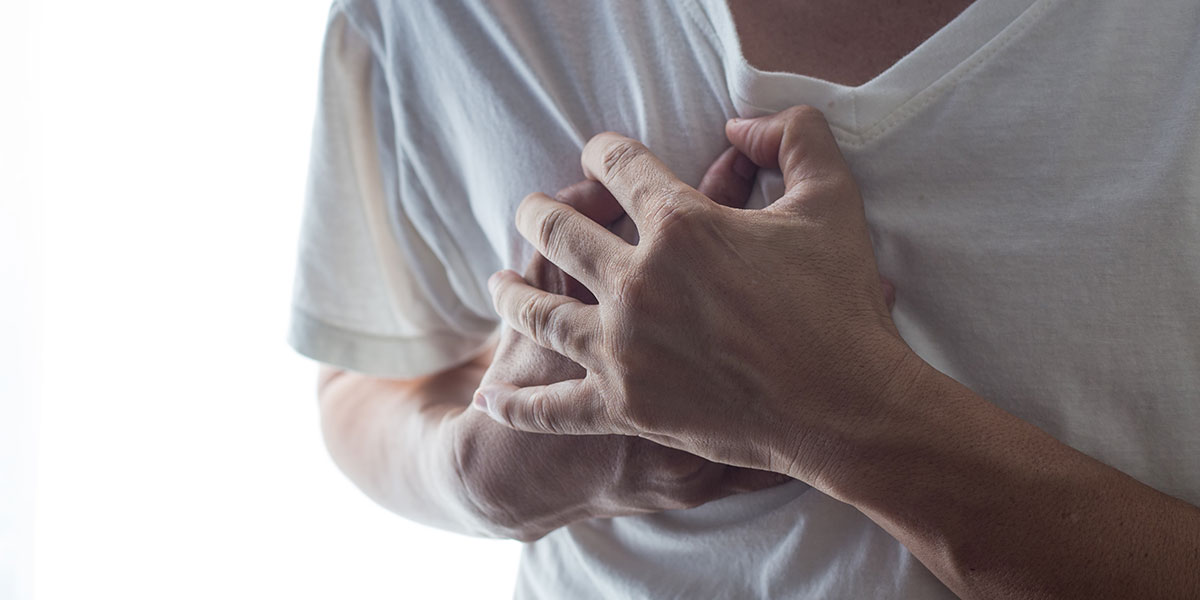We can’t control everything, but we can take common-sense steps to live a healthier lifestyle and reduce our risk.
Lenten Campaign 2025
This content is free of charge, as are all our articles.
Support us with a donation that is tax-deductible and enable us to continue to reach millions of readers.
Sixty million people die each year as the result of strokes. According to the World Health Organization (WHO), “worldwide, cerebrovascular accidents (stroke) are the second leading cause of death and the third leading cause of disability.” However, there are some simple things we can do to decrease our risk of having one.
A stroke, or cerebrovascular accident, is when a blood vessel in the brain is either blocked by a blood clot (an ischemic stroke) or ruptures (a hemorrhagic stroke), with the result that part of the brain is unable to receive the oxygen-carrying blood it needs.
Many factors can place us at risk of having a stroke, some of which are beyond our control, and some of which we can at least partially control.
Factors we cannot change include:
- Age: the older we are, the greater probability of having a stroke, statistically speaking.
- Sex: women are more prone to strokes than men, for a variety of reasons.
- Genes: hereditary factors can play a role in stroke risk, so if our family has a history of strokes, we are likely at higher risk.
What can we do to reduce our risk of having a stroke?
1Stop smoking
It’s been shown that smoking tobacco increases the risk of having a stroke by up to 600%. Also, avoid second-hand smoke, which can also increase the risk of cerebrovascular accidents.

2Limit alcohol consumption
Alcohol abuse can raise our blood pressure, as well as our level of triglycerides in our blood, both of which increase the risk of having a stroke.
3Try to reduce emotional stress
Chronic stress has been identified as a risk factor, so we need to try to keep balance in our life and engage in healthy stress-relieving activities.

4Take care of your blood pressure
Hypertension increases the risk of a hemorrhagic stroke, so it’s important to keep an eye on our blood pressure, checking it regularly, whether at our doctor’s office or at home.
5Don’t consume too much sugar
Excessive sugar in our diet can lead to obesity and/or diabetes, which are significant risk factors for stroke.

6Take a daily walk
More exercise is even better, but even just walking 20 minutes a day brings with it a host of health benefits that can lower our risk of having a stroke. A sedentary lifestyle, by contrast, is a risk factor for stroke and many other health problems.
7Check our heart health
Several kinds of cardiovascular disease are risk factors for stroke. For example, atrial fibrillation is a kind of arrhythmia that can lead to blood clots that can travel to our brain and cause a stroke. It’s easily detectable by a doctor. We also need to be on the watch for carotid artery stenosis, which occurs when our carotid arteries (which carry oxygenated blood to the front part of the brain) are made narrow, usually due to atherosclerosis. This can also lead to strokes.

8Eat a healthy diet
Eating unhealthily can lead to many of the problems mentioned above (atherosclerosis, obesity, diabetes, high blood pressure, etc.). However, we shouldn’t make radical changes to our diet without consulting a doctor.
Although these may sound like a lot of things to keep track of, we mostly need to eat nutritiously, get at least moderate exercise, try to keep a good work/life balance, and go regularly to our doctor for checkups if possible (once a year, for example, although our doctor may suggest we go more or less often depending on our age and overall health).
Ultimately, it’s a matter of gratitude and responsibility; St. Paul said that our bodies are temples of the Holy Spirit (1 Cor. 6:19-20), and that we don’t belong to ourselves, but to God. By taking reasonable care of our bodies and using them as God intended, we glorify Him and contribute to our own salvation.

Read more:
How to check if the man in your life will be healthy in 10 years
Read more:
More Young Women Choosing Health Over Birth Control








